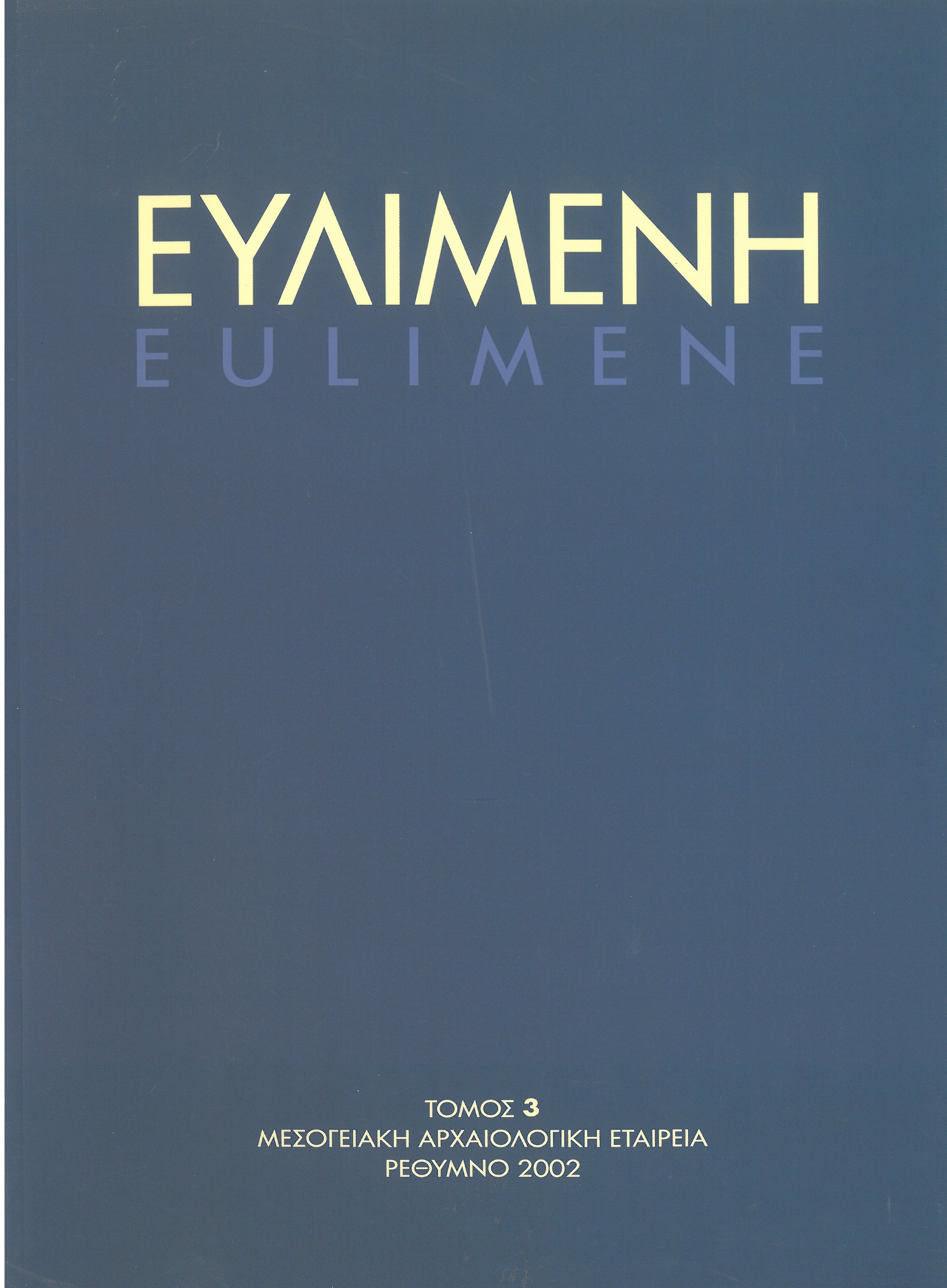Ραμνούς, τάφος 8 ανασύσταση της ταφικής συμπεριφοράς μέσα από το πρίσμα της ταφονομικής και ανθρωπολογικής ανάλυσης

Abstract
Ramnous, the stone–cist burial Nr 8: mortuary behavior in the light of the taphonomic and anthropological analysis.
The significance of applying taphonomic considerations during the excavation and analysis of a burial as a crucial factor in understanding its function is discussed and it is argued that it requires the participation of an expert in human morphology. The basic taphonomic processes that are important for understanding mortuary behavior are presented and are then applied to the analysis of a multiple burial of the late antiquity from the Necropolis of Ramnous. The stone–cist burial Nr 8 from Ramnous comprised the inhumations of six individuals, three adults and three sub–adults. The position of the skeletal remains in the grave raised questions concerning the manner of burial and the sequence of inhumations. Detailed analysis of the mortuary context, the position of the skeletal remains during excavation, the state of preservation of the bones and bone modifications as a result of taphonomic processes, in combination with the biological profile of the skeletons, suggests that the six individuals were buried in three separate burial episodes. The latest burial was that of an adolescent female that was found in situ at the uppermost level of the grave. This had been preceded by the (almost?) synchronous burial of three adults that were laid successively at a deeper level. The earliest inhumations were those of two children, the remains of which were found at the lowest level of the grave in a relatively poor state of preservation. It is argued that the architecture of the grave and the surrounding rocks created different microenvironments within the grave and played a crucial role in the manner of burial and the post depositional position of the skeletal remains. The excavation techniques that were used ensured that bone preservation was a result of events that took place prior to the excavation. The skeleton of the adolescent had the best state of preservation. Among the adults no differences in preservation in relation to sex, age and stratigraphy were observed. Modification of bone surfaces supports the view that the individuals that were the last to bury from each burial episode, were exposed to weathering prior to soil being sieved–in.
##plugins.themes.ekt-hometheme.article.details##
- Fascicolo
- EULIMENE 3 (2002)
- Sezione
- Articles
- Categorie
The copyright for articles in this journal is retained by the author(s), with first publication rights granted to the journal. Authors who submit articles to this journal confirm that third-party intellectual property rights are not violated in any way. By virtue of their appearance in this open access journal, articles can be used freely, with proper attribution, for educational and other non-commercial purposes. The Mediterranean Archaeological Society retains the right to publish papers that appear in EULIMENE in any form, including electronic, the journal may assume in the future. It also retains the right to deposit articles published in EULIMENE in its repository.





